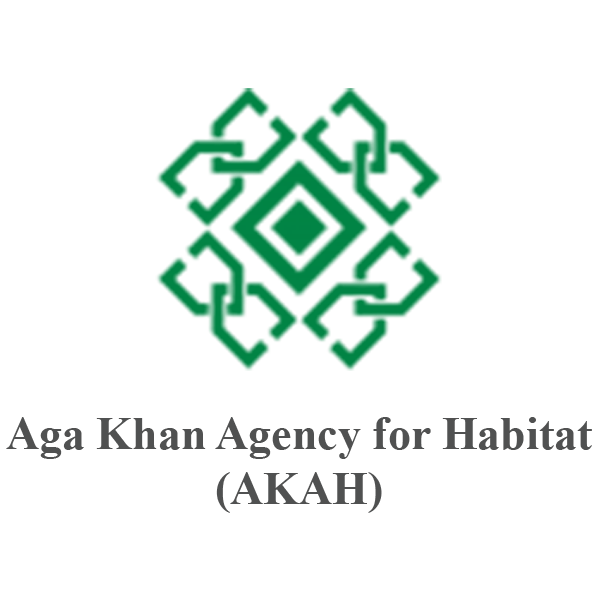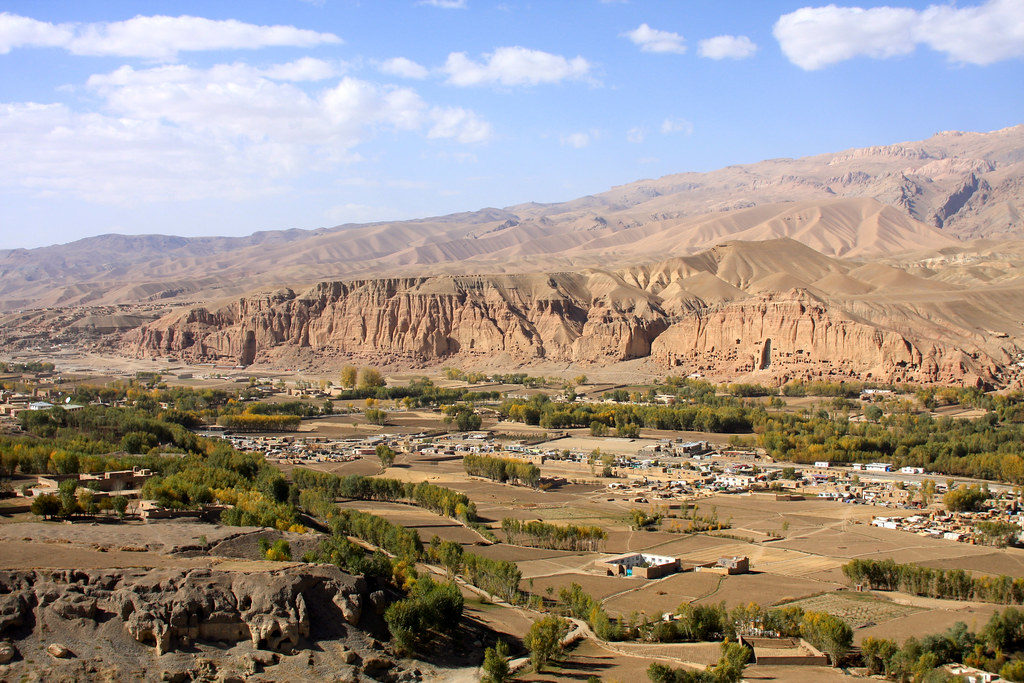
Through its various branches and agencies, the Aga Khan Development Network (AKDN) is responsible for a wide range of development projects and initiatives in Afghanistan, from the restoration of culturally significant public spaces to the creation of improved health care facilities and resources. Today, we take a look at one of the AKDN’s agencies, the Aga Khan Agency for Habitat (AKAH), which is responsible for helping Afghanistan and its people to cope with one of the most devastating challenges that they face: natural disasters.
How Afghanistan Is Affected by Natural Disasters
Due to its geographic location, years of environmental degradation, and a number of other factors, Afghanistan is highly susceptible to severe and recurring natural hazards and disasters. Given that Afghanistan is located in a high seismic activity zone, earthquakes are frequent, particularly in the northern and northwestern parts of the country. Since 2000, about nine major earthquakes have occurred. Earthquakes of all sizes often trigger landslides, which can have a destructive impact. In the spring, melting snow and heavy rains commonly cause flooding all over the country, and the effect of these floods can be particularly severe when they are preceded by periods of drought.
The devastation caused by these high rates of natural disasters place a huge burden on Afghan citizens, who struggle to stay resilient in the face of such emergencies due to factors such as severe poverty and poor infrastructure. According to data from the World Bank, natural hazards and disasters in Afghanistan have affected 9 million people and caused more than 20,000 fatalities since 1980, and those figures are only expected to rise given the increasing threat of climate change and its anticipated impact on natural disasters.
An Overview of the Aga Khan Agency for Habitat
AKAH, which was previously known as Focus Humanitarian Assistance, is one of the most important entities dedicated to resilience in the face of natural disasters in Afghanistan. AKAH engages with Afghan communities, primarily those in remote mountainous areas and rural regions, to build and support their capacity to cope with natural disasters and other complex emergencies.
AKAH’s broad approach focuses on predicting where and how natural disasters and emergencies could impact homes, communities, and livelihoods; identifying the structural and non-structural interventions that could help prevent or mitigate these disasters; and supporting communities and local and national governments to reduce their vulnerability to risk.

Focus Areas of the Aga Khan Agency for Habitat
In order to help Afghans better prepare for and cope with the effects of natural disasters and emergencies, AKAH operates a range of programs and initiatives across several different focus areas. They include the following:
Disaster Risk Reduction – For over a decade, AKAH has operated a disaster risk reduction (DRR) and emergency preparedness program in Afghanistan’s mountainous communities. The program’s model consists of community-based DRR activities; safety initiatives for public facilities such as schools and hospitals; capacity building efforts for local governments; and national advocacy for wide-ranging DRR policies and programs. One of the most important elements of the program is the communities that play a hands-on role in their own protection and preparedness. For example, community members conduct a Hazard Vulnerability Risk Assessment to identify evacuation routes and safe refuges, as well as to establish their own community-based emergency response teams.
Capacity Building – Providing support to communities in creating and maintaining community-based emergency response teams (CERTs) is one of AKAH’s most important capacity-building initiatives. Through this program, AKAH helps to ensure that CERTs are established in the communities that need them most and that these teams are properly equipped and trained. For example, CERTs receive AKAH-supported training in areas such as first aid, search and rescue, health and hygiene, communication and coordination, and early warning systems.
Community-Based Interventions – AKAH works directly in areas that are most likely to be affected by natural disasters in order to help these high-risk communities mitigate hazards and respond effectively when necessary. Some of the particular interventions that AKAH has carried out over the years include: the creation of village disaster management plans for over 400 villages; more than 100 small-scale structural risk mitigation projects, which includes clearing flow channels of debris and terracing against avalanches; the development of school disaster management committees in schools, as well as school seismic retrofitting projects in five schools; and the development of three community-based flood early warning systems in riverside areas.
External Partnerships – In order for a response to natural disasters to be most effective, it’s important to have strong communication and coordination among the various entities involved in relief efforts. AKAH helps to achieve this by building strong external partnerships with other programs, agencies, and government ministries, as well as by taking a central role in disaster management coordination. AKAH is one of the primary response institutions in Afghanistan’s Provincial Disaster Management Committee; an active member of Afghanistan’s Disaster Risk Reduction platform; a co-chair of the Disaster Risk Reduction Clusters for Food Security and Agriculture; and a partner of many other institutions, including Afghanaid, Save the Children, the Asian Disaster Preparedness Center, and a variety of United Nations agencies.

